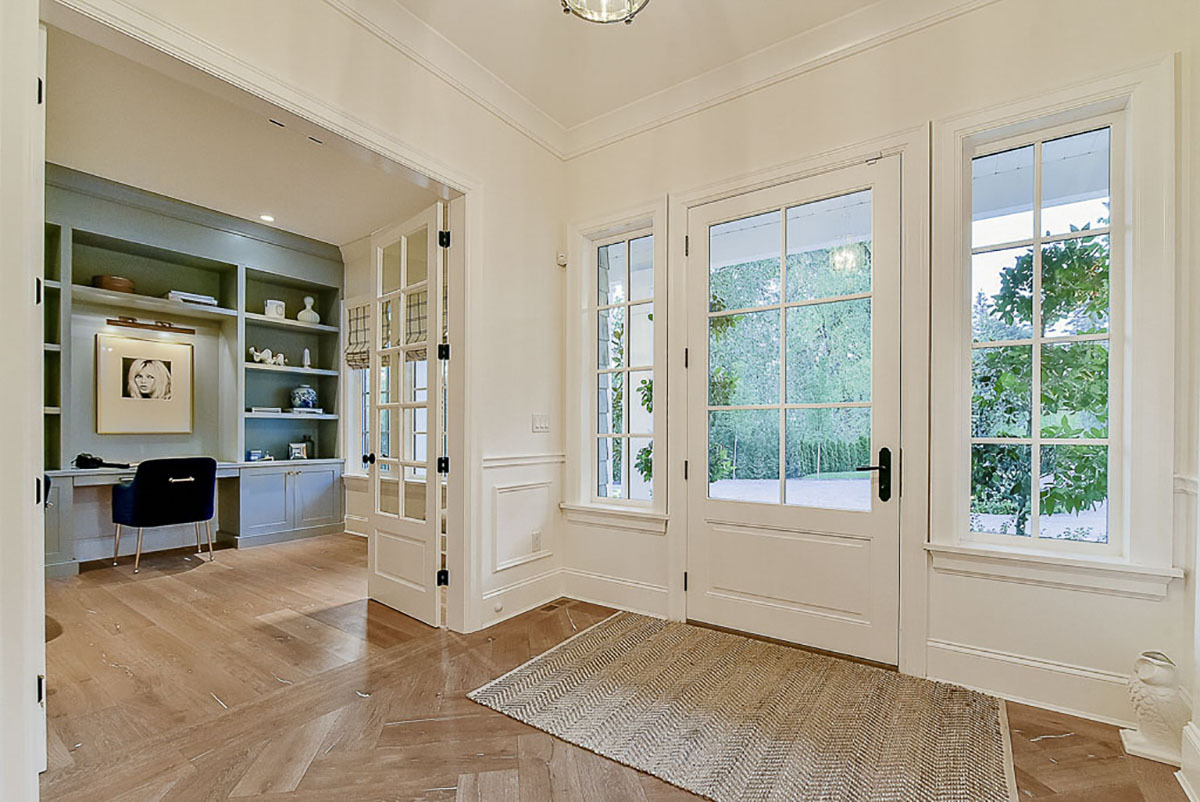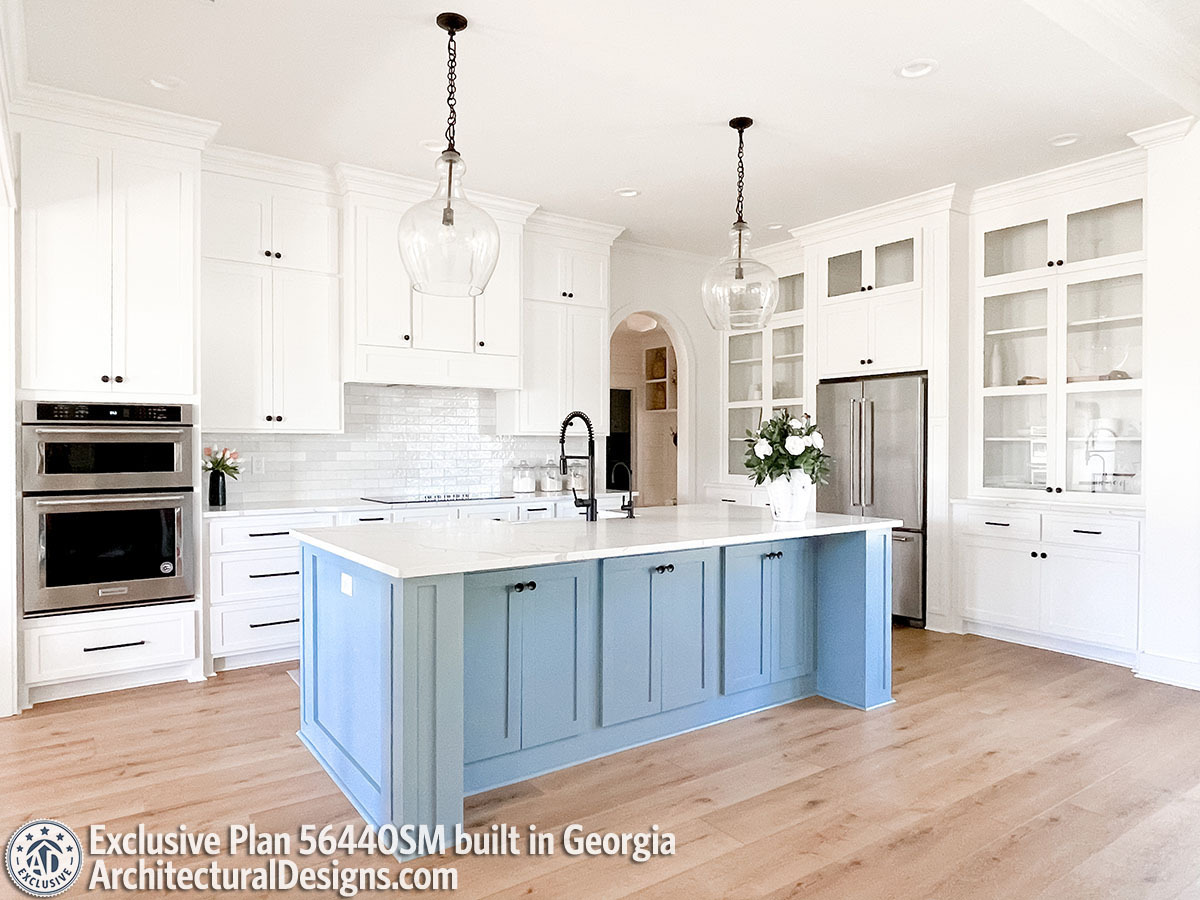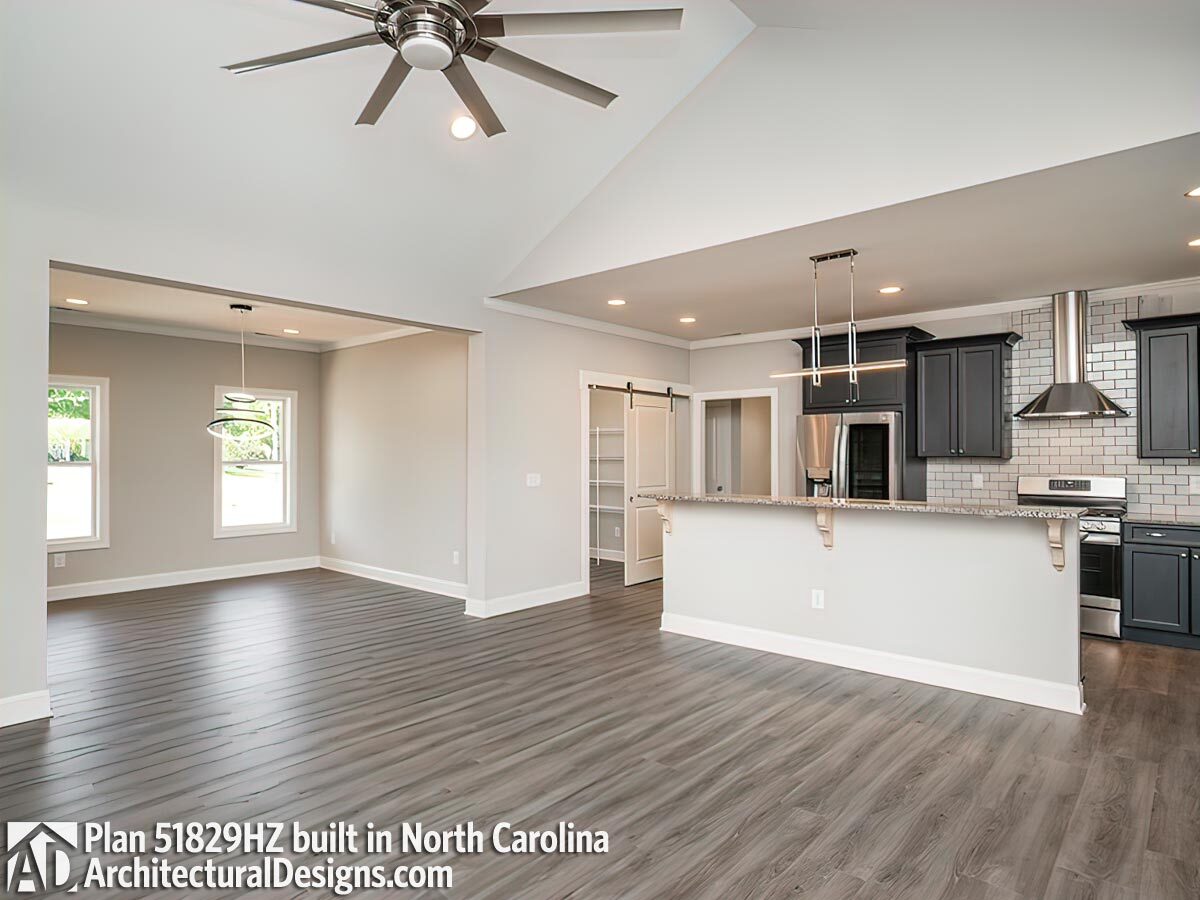Your Complete Guide to Types of Hardwood Flooring

Choosing flooring may seem like a small decision at first, but it sets the tone for your entire home. And when it comes to hardwood, you’ve got options—each with its own look, feel, and level of maintenance.
Not sure where to start? Let’s break down the three most popular types of hardwood flooring: solid hardwood, engineered wood, and laminate. We’ll go over the pros and cons of each so you can decide what’s best for your home, your lifestyle, and your build.
Understanding Your Hardwood Options
1. Solid Hardwood Flooring

What it is: Classic hardwood planks made from a single piece of wood—most often Oak, Chestnut, or Walnut. Oak is especially popular because it’s durable, budget-friendly, and takes stain well.
What to know: Solid hardwood has a beautiful, natural feel and can add timeless charm to your home. You’ll find everything from sleek new planks to reclaimed and distressed styles full of character. It’s long-lasting and can be refinished many times over the years.
That said, it’s also the priciest option and isn’t ideal for DIY installs. Solid wood is typically nailed to a subfloor and is more prone to warping in humid climates, so it may not work well in places like basements or areas without climate control.
Pro:
- Long-lasting and highly durable
- Can be refinished multiple times
- Adds value to your home
- Natural beauty and texture
Cons:
- Higher cost
- Not DIY-friendly
- Sensitive to humidity and moisture
2. Engineered Wood Flooring
What it is: A thin layer of real hardwood over layers of plywood. This design makes engineered wood more stable and less likely to warp, especially in humid or below-grade spaces.
What to know: Engineered wood gives you the look of solid hardwood with a bit more flexibility. It’s easier to install (great for DIY builds) and more budget-friendly overall. It typically lasts 20–30 years and can be refinished once or twice, depending on the thickness of the top layer.
Pro:
- More affordable than solid hardwood
- DIY-friendly installation
- Looks like real wood
- Holds up well in humid environments
Cons:
- Limited refinishing potential
- Shorter lifespan than solid hardwood
- May not boost resale value as much
3. Laminate “Wood” Flooring
What it is: Laminate isn’t real wood. It’s made of high-density fiberboard topped with a printed image that mimics wood grain. A clear wear layer protects the surface.
What to know: Laminate is the most affordable flooring option and one of the easiest to install. It’s great for quick builds and tight budgets. It can look pretty realistic at a glance—especially newer textured options—but it won’t fool everyone. It also can’t be refinished, so once it wears out, it has to be replaced.
Pro:
- Budget-friendly
- Easy to install
- Simple to clean
Cons:
- Shortest lifespan (10–20 years)
- Can’t be refinished
- Doesn’t contain real wood
- Lower resale value
Which Hardwood Flooring Is Right for You?
Each option brings something different to the table. Solid hardwood offers classic appeal and longevity. Engineered wood gives you flexibility and a lower price point. Laminate is a practical pick for cost savings and fast installation.
Still deciding? Think about where the flooring will go, how much foot traffic it’ll get, and whether you’re looking for something long-term or more temporary. Your builder can also help guide you on what works best for your home’s design and structure.
No matter which one you choose, your flooring will play a big part in how your new house feels—and how it welcomes you home.















